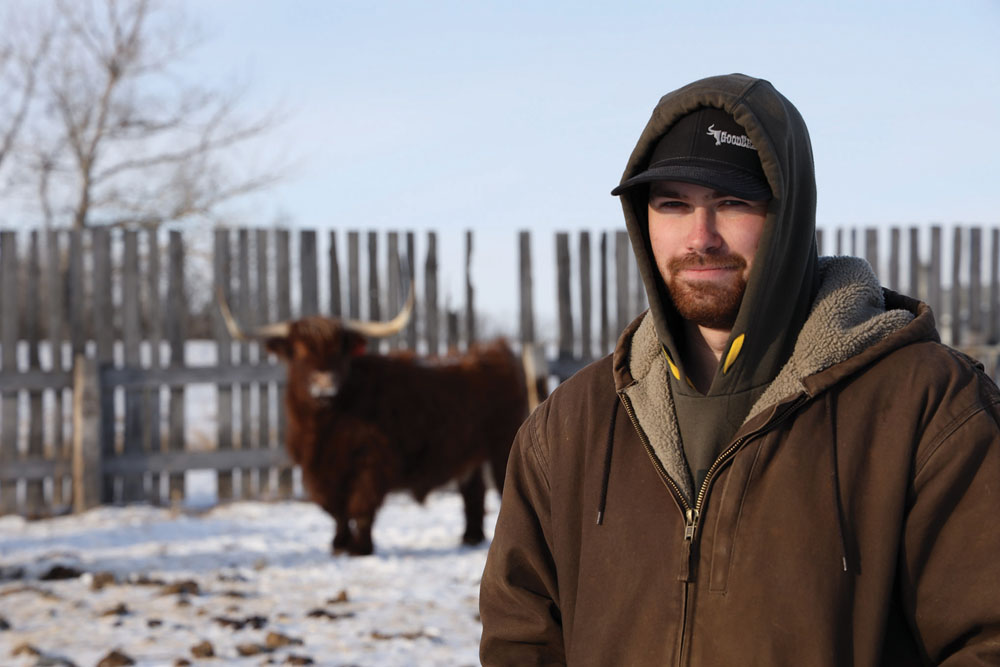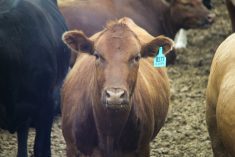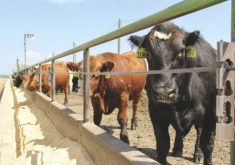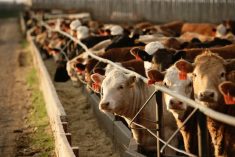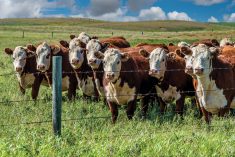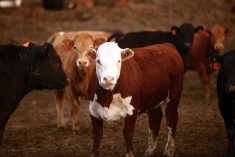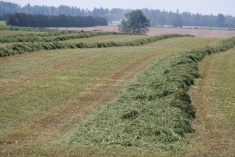It’s a bitterly cold day with the wind blowing hard from the north and few trees to hide behind. Scott Proudfoot, though, has grown to cherish the wide-open spaces in the Special Areas of southeastern Alberta.
“I’ve fallen in love with it out here. It’s one of the last places in the world you can see prairie for miles and miles,” said the Youngstown producer.
Each day when he hauls feed or moves fence for the 1,500-head cow herd, it’s not unusual to see a snowy owl gazing down from its perch on a power pole or fence post.
Read Also
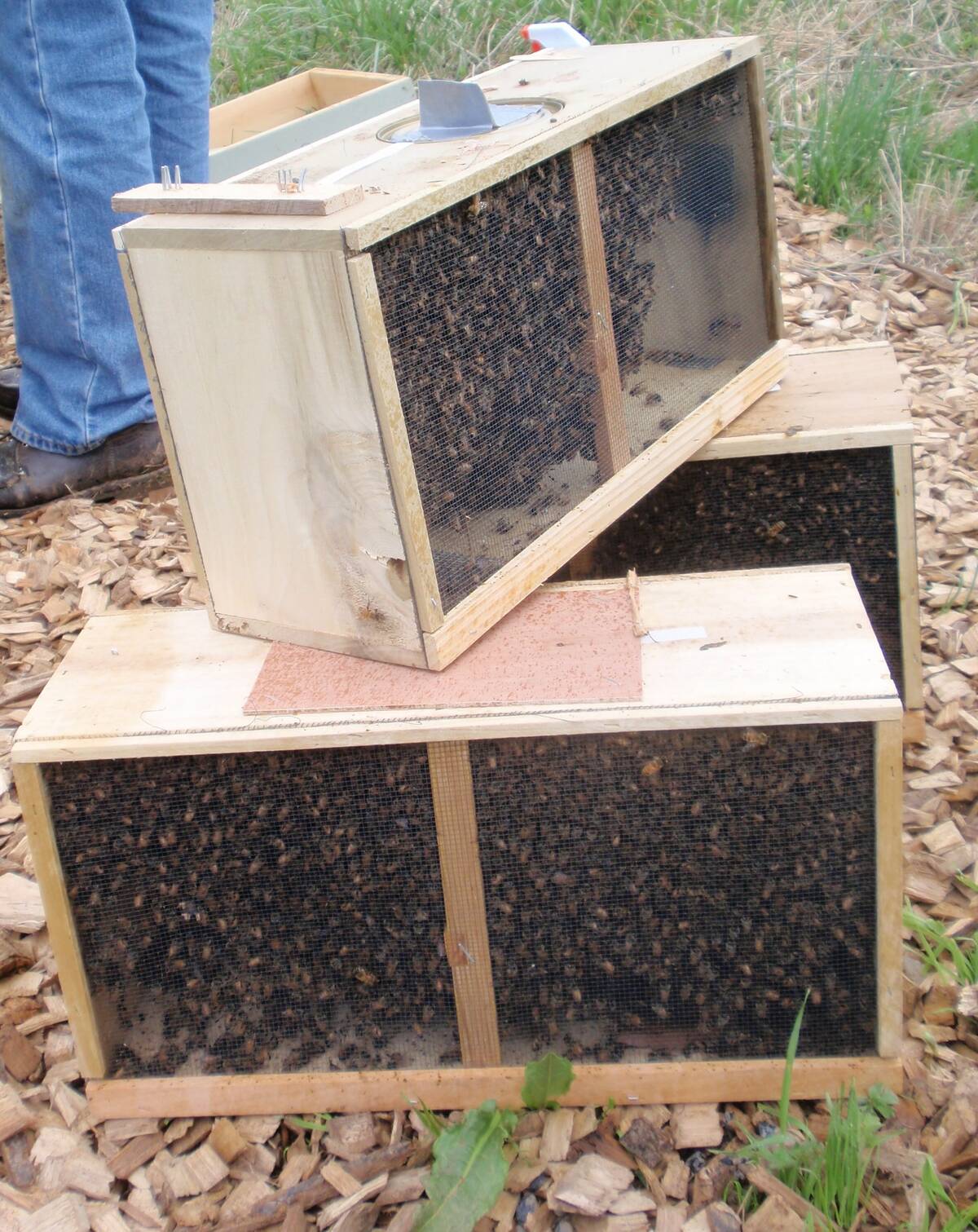
Canadian beekeepers call for regulatory accountability
Beekeepers say the Canadian Food Inspection Agency should restore U.S. packaged bee shipments, claiming the agency isn’t following evidence.
“It’s amazing to know that this is their winter vacation spot,” said Proudfoot.
The Special Areas was formed in 1938 by the provincial government when the drought of the Dirty ’30s forced more than 25,000 farmers off about 1.5 million acres of homestead land. Some farmers and ranchers stayed, changed the way they farmed and learned to adapt to the land, tackle drought, manage crops and acknowledge the area’s challenges.
It’s now home to Proudfoot, his wife, Kirsten, and children Landon, 4, Carter, 2 and at the end of January, another newborn son.
“It’ll be three crazy boys,” laughed Proudfoot, who grew up on an acreage near Pincher Creek and took range management at the University of Alberta.
The couple farms with Kirsten’s father, Ian Goodbrand, and their home is surrounded by a 50-year-old caragana hedge. Proudfoot, who ran yearlings for a while, had some feeder cattle, and now has settled on growing hay on a section of land.
Last year, with some of his land badly in need of rejuvenation, Proudfoot turned to Ducks Unlimited Canada and Nutrien Ag Solutions to take advantage of their forage program and put 110 acres of land into the program with Nutrien’s Proven Seed. (The program offers a $100 discount per 50-pound bag of seed.)
“It’s an attractive program and it helps cover your costs, especially in the first year,” said Proudfoot.
Ducks Unlimited Canada wants to encourage forage conversion and perennial grassland crops, said Kale Scarff, the organization’s conservation program specialist for the Special Areas.
“The program works really well for farmers,” said Scarff. “They don’t have to change a lot of things and it rewards them for practising good land management techniques. The land under the program must be kept in hay for 10 years after it is established.”
Proudfoot chose a grass seed mix of brome, wheatgrass, crested wheatgrass and fescue for his goal of selling small square-baled grass hay to horse and cattle owners. The other 530 acres in the section were seeded to a mixture of grass, alfalfa and crested wheat (also for hay).
“Everyone is always looking for hay. It’s worked good for me,” said Proudfoot, who bought a second-hand small square baler and stack wagon for the endeavour.
“It takes awhile for grass to get established out here. This is year three of a pretty bad drought, which is why I stuck to the drought-tolerant varieties. You are not going to be pushing production out here in the Special Areas.”
For more information about the program, contact a local Nutrien Ag Solution retailer or DUC’s Craig Bishop at [email protected].

